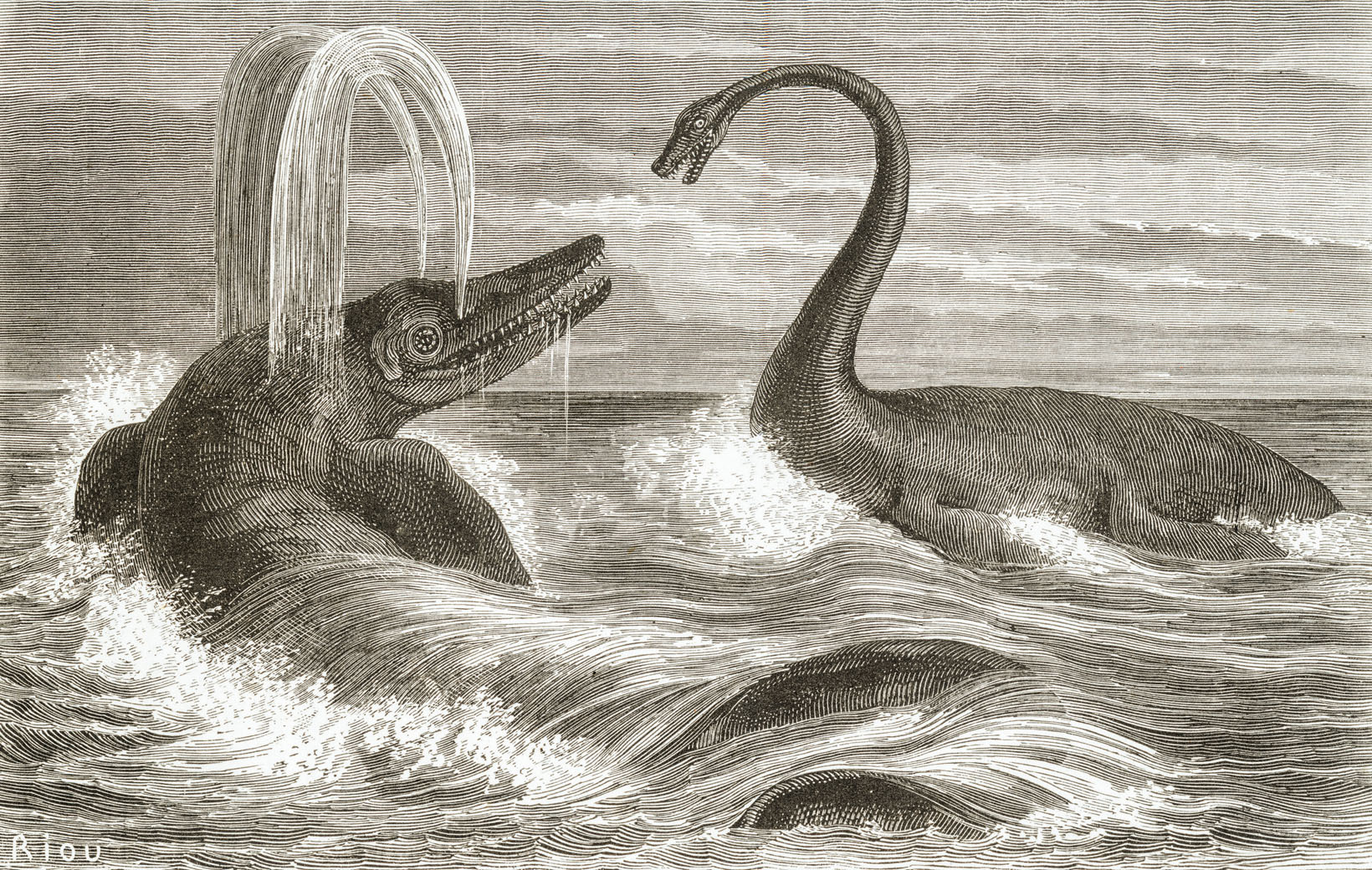|
Ichthyotitan
''Ichthyotitan'' ( ) is an extinct genus of giant ichthyosaur from the Late Triassic (Rhaetian), known from the Westbury Formation, Westbury Mudstone Formation in Somerset, England. It is believed to be a shastasaurid, extending the family's range by years up to the latest Triassic. The discovery of ''Ichthyotitan'' has been considered evidence that shastasaurids were still thriving until their disappearance in the Triassic–Jurassic extinction event. The genus contains a Monotypic taxon, single species, ''I. severnensis''. It is known from two fragmentary surangular bones of the lower jaw, discovered in separate places in 2016 and 2020. Other specimens throughout Western Europe have been linked to the species based on similar Osteology, osteological features, although their affiliation is uncertain. Estimates scaling up the bones from other ichthyosaur species put ''Ichthyotitan'' body length at nearly , which would make it the largest marine reptile currently known. Discov ... [...More Info...] [...Related Items...] OR: [Wikipedia] [Google] [Baidu] |
Westbury Formation
The Westbury Formation is a geological Formation (geology), formation in England, one of the Penarth Group. It dates back to the Rhaetian.Weishampel, David B; et al. (2004). "Dinosaur distribution (Late Triassic, Europe)." In: Weishampel, David B.; Dodson, Peter; and Osmólska, Halszka (eds.): The Dinosauria, 2nd, Berkeley: University of California Press. Pp. 521–525. . The formation is named after the village of Westbury-on-Severn in Gloucestershire. The remains of a giant Shastasauridae, shastasaurid and Dinosaur, dinosaurs are known from the formation. Vertebrate fauna See also * List of dinosaur-bearing rock formations References {{Reflist Triassic System of Europe Rhaetian Stage Geologic formations of England ... [...More Info...] [...Related Items...] OR: [Wikipedia] [Google] [Baidu] |
Ichthyosaur
Ichthyosauria is an order of large extinct marine reptiles sometimes referred to as "ichthyosaurs", although the term is also used for wider clades in which the order resides. Ichthyosaurians thrived during much of the Mesozoic era; based on fossil evidence, they first appeared around 250 million years ago ( Ma) and at least one species survived until about 90 million years ago, into the Late Cretaceous. During the Early Triassic epoch, ichthyosaurs and other ichthyosauromorphs evolved from a group of unidentified land reptiles that returned to the sea, in a development similar to how the mammalian land-dwelling ancestors of modern-day dolphins and whales returned to the sea millions of years later, which they gradually came to resemble in a case of convergent evolution. Ichthyosaurians were particularly abundant in the Late Triassic and Early Jurassic periods, until they were replaced as the top aquatic predators by another marine reptilian group, the Plesiosauria, i ... [...More Info...] [...Related Items...] OR: [Wikipedia] [Google] [Baidu] |
2024 In Reptile Paleontology
This list of fossil reptiles described in 2024 is a list of new taxa of fossil reptiles that were binomial nomenclature, described during the year 2024, as well as other significant discoveries and events related to reptile paleontology that occurred in 2024. Squamates Squamate research * A study on the biogeography of squamates throughout their evolutionary history, providing evidence of a localized Pangaean origin (Africa, Australia, Eurasia and Sundaland, Sunda) of the squamate crown group in the Jurassic followed by strong regionalization to Eurasia for subsequent Jurassic lineages, is published by Wilenzik, Barger & Pyron (2024). * New lizard assemblage, including fossil material of a pleurodontan iguanian, a Teiioidea, teiioid and a possible Scincoidea, scincoid, is described from the Upper Cretaceous (Campanian-Maastrichtian) Allen Formation (Argentina) by Garberoglio ''et al.'' (2024). * Revision of the fossil material of Paleocene lizards from the Walbeck fissure fillin ... [...More Info...] [...Related Items...] OR: [Wikipedia] [Google] [Baidu] |


